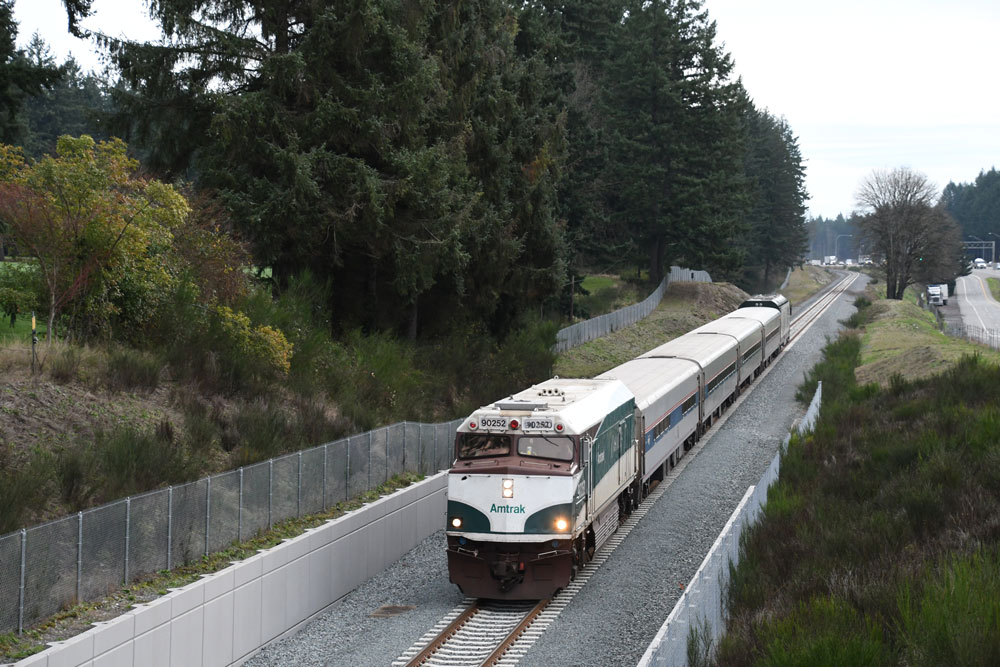
TACOMA, Wash. — One month shy of four years since a fatal derailment on the inaugural morning postponed their debut, Amtrak trains between Seattle and Portland, Ore., are using Sound Transit’s Lakewood Subdivision and a new station co-located with the agency’s commuter service.
Using the new route, funded with state and federal funds as part of capacity upgrades along BNSF Railway’s busy main line, eliminates potential delays caused by a single-track tunnel along Tacoma’s waterfront and moves the station to a location closer to downtown.
The National Transportation Safety Board ruled in May 2019 that inadequate training led to the high speed derailment of the first train to operate over the bypass on Dec. 18, 2017. The wreck killed 3 people and injured 65 others [See “National Transportation safety Board says multiple state and federal agencies failed in 2017 Washington State crash,” Trains News Wire May 21, 2019]. The first test runs after the accident took place in January 2021 [“Digest: Amtrak to run test trains on Point defiance Bypass,” January 8, 2021 News Wire.”]
In a statement released today, Sound Transit says, “Rather than permitting service on its tracks according to any predetermined schedule, [the agency] committed to approve resumed service only when compliance with stringently-imposed safety requirements were fully met and verified.”
The new restrictions include full implementation of positive train control, step-down restrictions programmed into the system from 79 to 50 to 30 mph leading to the curve where the derailment occurred, and a “focus zone where crews verbally note the step-down speeds to each other.” If PTC isn’t functioning, speeds are limited to 30 mph on Sound Transit-owned track.
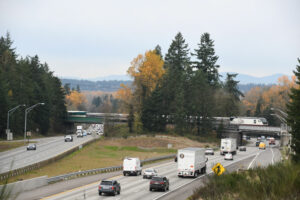
Although the more direct Lakewood Sub route was supposed to be appreciably faster, travel times on the new schedule have only been reduced from 5 to 10 minutes. However, congestion delays along the entire Seattle-Portland route have increased over the last several months; the first northbound Amtrak Cascades No. 500 arrived into the new Tacoma Dome station 20 minutes late.
The new timetable is available here on the Amtrak Cascades Corridor site.
On www.amtrak.com, this grid timetable can eventually be accessed by clicking through to “Pacific Northwest” and then “Amtrak Cascades” on “Destinations” tab, but the May 24 schedule was still posted as of midday Thursday. “Schedules” on the Amtrak site requires the user to input both origin and destination, yet only shows intermediate stops for one train at a time.







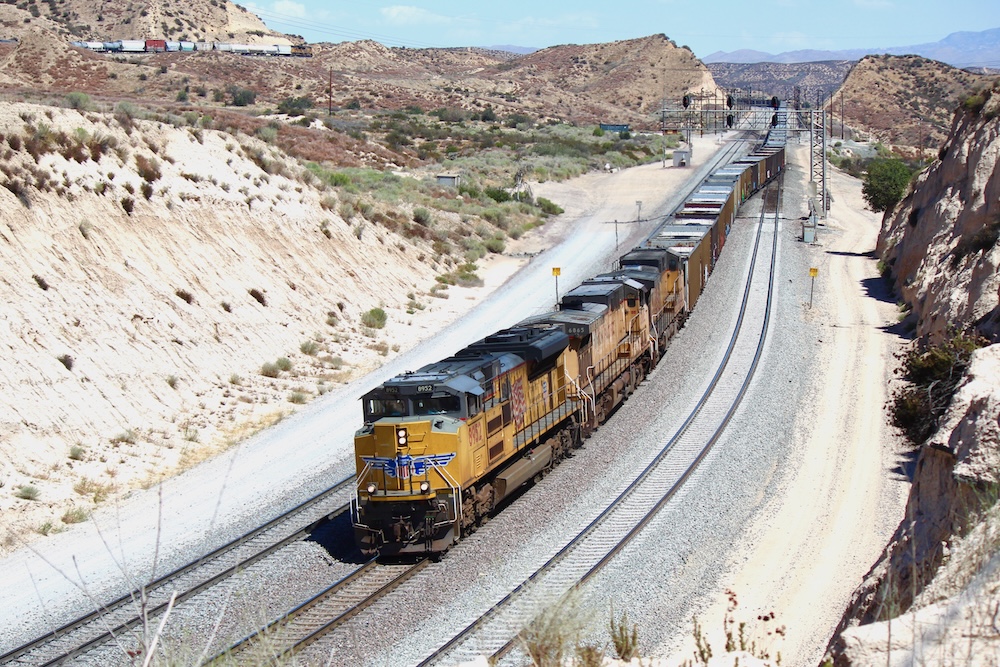
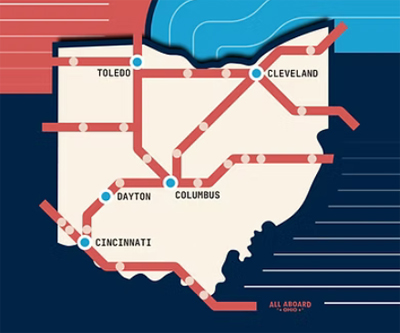
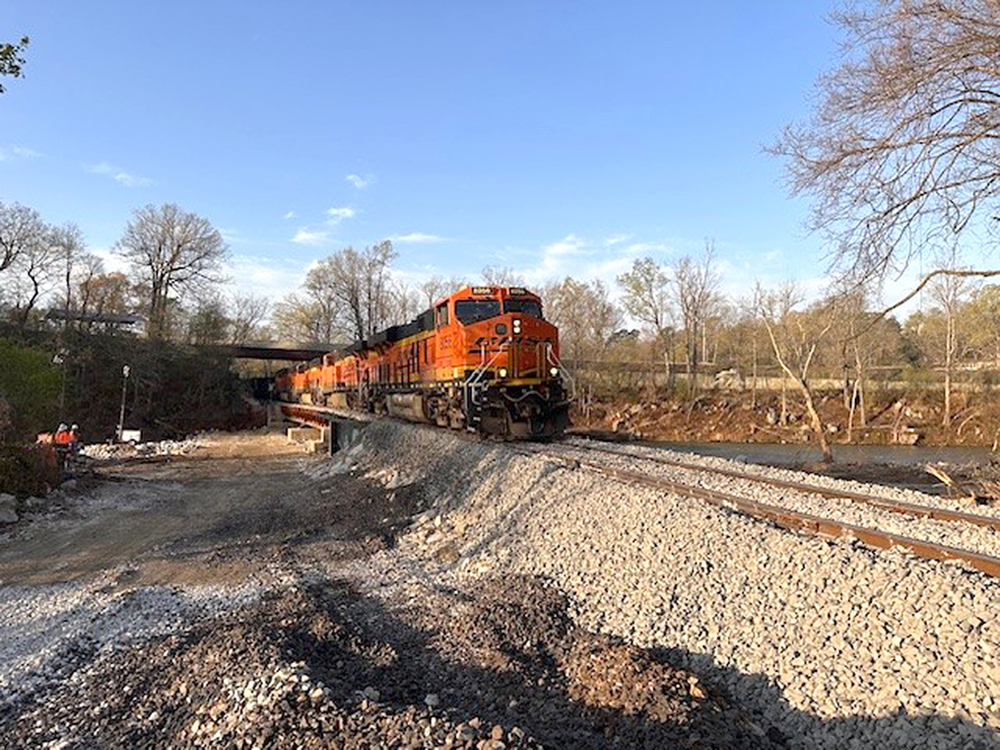




I have always questioned the ‘time savings’ on the new line. Since it is single track from the Lakewood Sounder station to the connection with the main line at Nisqually, if something is off schedule there will be delays that were not an issue on the main line along the sound. As noted in the article, the first northbound train was 20 minutes late into Tacoma, but it wasn’t noted that southbound Coast Starlight #11 left Tacoma on time before that and had to wait 10 minutes at the end of double track in Lakewood for #500 to appear.
I would think Amtrak would try to adjust the schedule so that meets are not planned on the fairly short double track section between Tacoma and Lakewood, since the scenario I just outlined can happen frequently based on many of the Cascades regularly running 10-20 minutes late.
I agree with Mr Landey. The line did not cause the crash. The fault lies with the engineer. If he felt uncomfortable being assigned to this train he should have told his boss. Just like the case in Philadelphia several years ago the blame should be squarely on the engineer. And to a further point, they did not shut down the NEC after that crash.
Four years to reopen the line shows the lack of intelligence of bureaucrats.
Especially in that the line didn’t cause the crash. There are speed restrictions everywhere in the world, no more so on this line than any other.
I was on that AMTK #501 that derailed on 18 December 2017 at 0733. I was fortunate that I was not killed or received serious life changing injuries.
I was on AMTK #503 to Centralia, WA and returned on AMTK #500 from Centralia, WA on 18 December 2021. I could tell all precautions were taken even noticing police presence at crossings. I am not a huge fan of Horizon cars, preferred the Talgo’s, but at lease we have service, 3 Cascades each direction. Glad that I went, first train out of Tacoma Dome Station and first inbound train to the station.